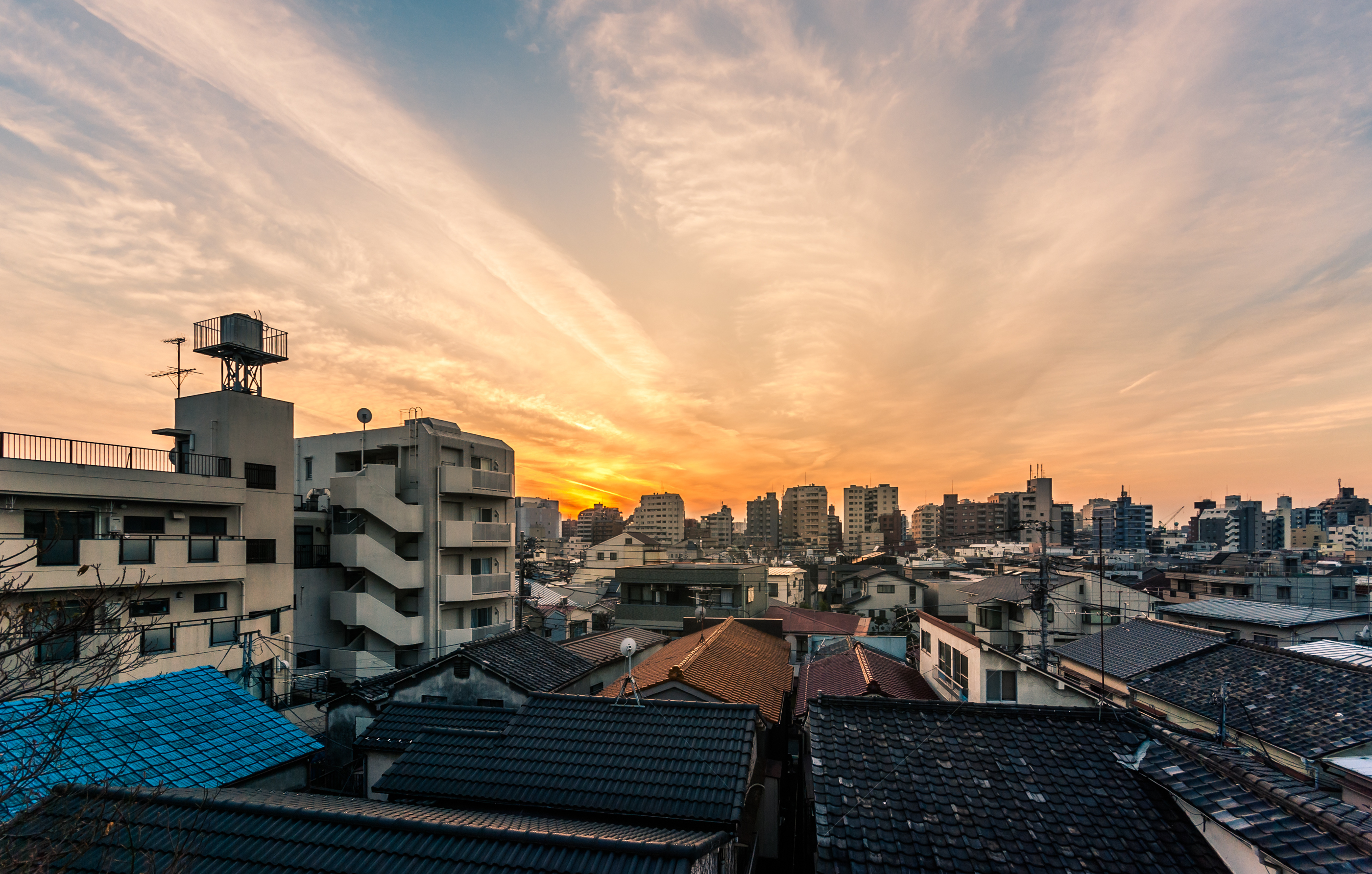The seismic resistance of buildings and houses in Tokyo has improved in recent years, but some of the capital's eastern areas remain particularly susceptible to building collapse and fire in the event of a massive quake according to a Tokyo Metropolitan Government report.
In its latest assessment, released this week, on Tokyo's disaster risks, the metropolitan government said that communities stretching across southern Adachi and Arakawa wards, western Katsushika Ward, and northern parts of Sumida and Koto wards are at the highest risk. Old wooden houses and light-gauge steel buildings are concentrated in those areas.
According to the report, poor infrastructure in those regions — which are located mostly in alluvial and valley lowlands along Arakawa and Sumida rivers — would also hinder emergency responses if a megaquake hits and that the soft, soil-based ground would amplify the shaking, the report said.


















With your current subscription plan you can comment on stories. However, before writing your first comment, please create a display name in the Profile section of your subscriber account page.